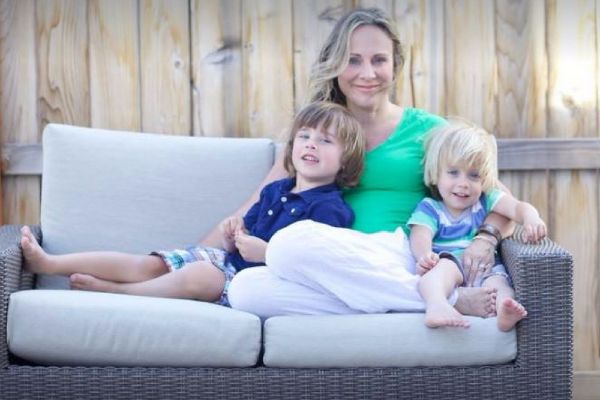A mum has explained how one simple act told her that Applied Behaviour Analysis (ABA) therapy had done wonders for her autistic son.
Mum Chrissy has two young sons who are on the autistic spectrum, Greyson and Parker.
Greyson who is now eight has been receiving ABA therapy since he was two years old. ABA is a form of therapy which focuses on reducing potentially harmful behaviour and increasing positive behaviour. It is often used to help autistic children.
Chrissy explains how she had never heard of ABA prior to Greyson’s diagnosis yet it has given her family a new lease of life.
“ 'What is ABA?' You Google in fear, late at night when they tell you your child has autism and they recommend this intervention. It sounds vague and scary,” she recalled.
“But ABA has given us a life.
“My husband and I can go places with our two boys with autism, and we can do things that before felt impossible. We aren't perfectly well behaved all the time (not even close!), but we can do it.
“At two, Greyson was taught categories. Real life items and then pictures that he had to sort. Things like vehicles, animals, and clothing. He learned "fork" from the real item, and also from flash cards.
“Painstakingly, day after day for weeks. First receptively (the understanding of language- "hand me a fork") and then from a field of three. Then expressively (spoken word- "what is it?" "Fork".)
“Then he had to learn rooms in our house. Over and over and over again. 'Go to the kitchen.' 'Where is the family room?' 'Let's see playroom.'
“Then he had to learn specific items in the rooms. 'Where is the oven?' 'Show me the fridge.' 'Where are spoons?' “
Chrissy explained that process was long and slow and involved endless repetition.
“Over and over and over. Repetition. Taking data every single time to look for what's working and if need be, where WE need to alter the environment to make it click for him.”
But then something simple happened that proved to her the therapy was working. Chrissy needed a fork and asked Greyson to get her one.
She used very simple directions “Go get mum fork” as she doesn’t want to confuse him with adding “please” or “thank you” into the mix.
She explained what happened next.
“He goes to the kitchen and pauses. I hold my breath. I watch him intently as he opens the utensil drawer. I can see his wheels turning. He walks back into the family room and lays this down in front of me like it's no big deal.
“But to me it is everything.”
This simple gesture proved to Chrissy that the hours and hours of monitoring Greyson’s behaviour, repeating instructions and tasks were paying off at last.
To an outsider, it may seem like a small breakthrough but it represents years of hard work and perseverance on the part of Chrissy and her family.







